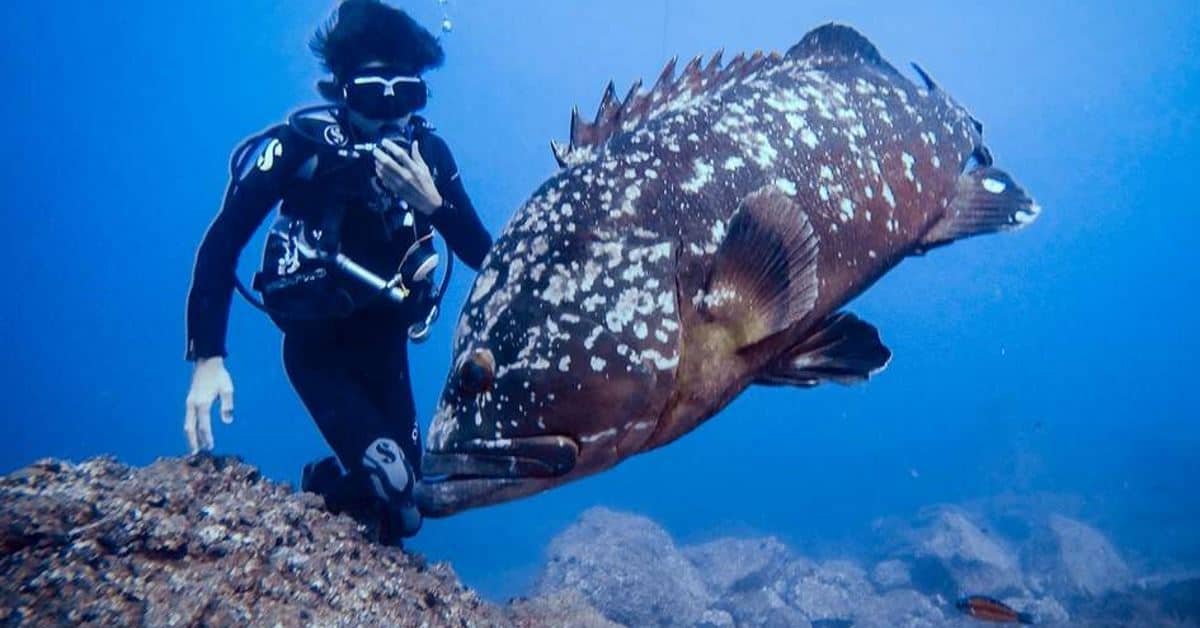Being an extremely popular vacation destination for tourists from all over the world, it's no wonder that the Azores We offer a wide variety of attractions of all types and species. Because the Azores are, well, islands - a great many of these attractions include water in one form or another, above sea level, below them and beside them.
Here are three activities that are really worth spending time on if you've already traveled halfway around the world to visit this wonderful archipelago.

Watching dolphins and whales
In the not too distant past, whalers were part of the survival of the Azores. Whale meat was quite common food, especially in the season when they were more common. However, over the years this practice has disappeared from the area almost completely (unlike the Danish Faroe Islands, for example), and today the only ships that go to the habitats of these beautiful ocean animals do so in order to watch them, learn about them and study them. This part of the ocean is home to many species of dolphins and whales, some of which live here permanently and some of which only come seasonally. This is why, unlike some other places in the world that offer a cruise to watch dolphins and whales, your chances of seeing them here are very high.
To be more specific, and for the crazy ones to talk, fin whale and blue whale can be seen during the spring, when they pass near the archipelago. On the other hand, if you go sailing in the summer, your chances of seeing the sperm whale, in addition to the usual species of the area, are much higher.
Ships that go out to watch whales and dolphins depart from almost all the islands, so it doesn't really matter where you stay, in any case you can find a way to spend time in the waters of the Atlantic Ocean with these magnificent mammals.
Diving
For those who have diving stars, and also for those who are ready or want to enter the water accompanied by an experienced diver, the Azores offer a once in a lifetime experience. Entering the water is admittedly not possible in the winter months and early spring, since then the water is too cold (take into account the relatively northern latitude of the islands), but in the six months between June and October the diving season in the archipelago is one of the best in the world.
The volcanic geology and location of the Azores have created a huge variety of marine flora and fauna, as well as marine rock formations, making them the ultimate destination for divers. In addition, to all the uniqueness of the island and its environment, so that you can dive in any of the islands without fearing a repetition of the sights.
For example, in Angra do Heroismo you can find under the water an "anchor cemetery" that testifies to the many ships that found their deaths in Angra Bay. Below the surface of the water off the coast of Pico Island you can see the continuation of the volcano, showing its steep slopes even in the underwater environment. On the shores of São Miguel, the divers will be able to see craters relatively close to the surface of the water, which led to the creation of ecological niches where life of all forms thrives. Here you can see octopuses, triggerfish, and more.
surfing
As expected, the Azores are also a significant destination for surfers of all types, with an emphasis on wave surfers. The fact that the islands are in the heart of the Atlantic Ocean, known for its exciting waves and the challenge it poses to surfers, only adds to the excitement of the matter. In addition, the ecological parameters of the area, such as the volcanic soil below the surface of the water and the tropical storms that pass a few hundred kilometers south of the archipelago, also add a toothpick to the fire.
Each island has its own surfing infrastructure and the best beaches for surfing, so you can find somewhere to get wild with your surf wherever you stay. For those who come mainly for surfing, the best place is probably the island of São Miguel. On the northern coast of the island is the volcanic beach "Santa Barbara Beach" (Praia do Santa Barbara), which is home to a relatively large number of surfing schools. In these schools you can both rent surfing equipment if you are experienced surfers, and hire a teacher for a lesson or two, who will teach you how to position yourself on the surfboard. This beach is so popular and easy to surf that it has hosted the World Surfing League since 2010.


